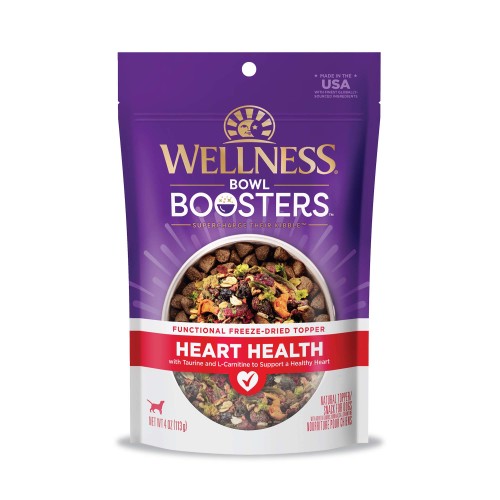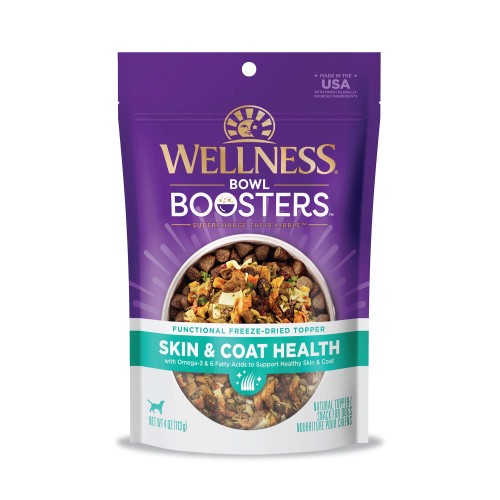June 20, 2022
5 Signs of Dehydration in Cats
Dehydration happens when there’s excessive fluid loss, but it’s not just about losing water. Dehydration results in being low on electrolytes, which are the essential minerals needed for organ function.
What Causes Dehydration in Cats?
Cats may become dehydrated for many reasons, with the most common being:
- Overheating
- Fever
- Illness
- Diarrhea
- Vomiting
- Metabolic disorders (such as kidney disease and diabetes)
Some cats whose diets are comprised of dry food only, may not bet getting enough water as well. Since dry food has a very low moisture content (about 10%) as opposed to wet food (70-80%).
What are Some Symptoms of Dehydration?
There are a number of possible symptoms but here are five of the most common.
- Low energy. Even though cats are known for sleeping a lot, a dehydrated cat may appear listless. It’s crucial to pay attention to any change in your cat’s typical activity level. You know your cat – use that knowledge.
- Loss of appetite. It’s common for a cat to reject food because of feeling queasy and may even start vomiting. This can lead to even more severe dehydration.
- Panting. If your cat is panting it indicates overheating, pain or other underlying medical concern. Panting is not normal in cats.
- Pale, sticky gums/thick saliva. Normally, gums should be moist and pink, and the cat’s saliva is thin. When dehydrated, the saliva is thick and rope-like. The gums are also pale, dry, and tacky. If you gently press on the gums in a hydrated cat, a small white patch appears and then quickly disappears. If the cat is dehydrated, the pink color doesn’t quickly reappear.
- Sunken eyes. When dehydrated, a cat’s normally bright eyes appear dull and sunken into their sockets.
Skin Tent Test
To test whether your cat is hydrated, gently pull up on the skin at the back of the neck, between the shoulders and then release. If hydrated, the skin falls back into place quickly. If dehydrated, the skin takes longer to fall back down. If the skin doesn’t go back into place at all, it could indicate severe dehydration. Keep in mind that older cats may tend to lose some skin elasticity. When in doubt, always consult with your veterinarian.
What to do if Your Cat is Dehydrated
Contact your veterinarian immediately if you suspect dehydration. Your veterinarian will administer fluid therapy either subcutaneously or by intravenous method, depending on the severity of the dehydration. Test will also be run to determine the underlying cause of the dehydration.
How to Prevent Dehydration
- Cats need 3.5 – 4.5 ounces of water per 5 lbs. of body weight per day. Always provide convenient sources of fresh, clean water. Some cats have bowl shape/size preferences so pay attention to that.
- Clean your cat’s water bowl daily.
- Some cats prefer running water sources. If your cat does, provide a pet water fountain and keep it well maintained.
- If your cat eats only dry food, consult your veterinarian about transitioning to wet food.
- Make sure your cat’s environment is well-ventilated and at a comfortable temperature. Before you leave for work in hot weather, keep air conditioning set on a comfortable temperature. If you don’t have A/C, set up fans safely to provide cross ventilation.
- For an outdoor cat, provide fresh water sources in the shade. Frequently refresh water to keep it cool or add some ice cubes in the bowl. Also be sure the cat has access to shady resting areas.
- Monitor water intake and pay attention to signs of potential dehydration.
- If your cat consistently doesn’t drink enough water, talk with your veterinarian about mixing some low sodium chicken broth in the water bowl for added enticement. Your veterinarian may also prescribe a nutrient-enhanced water product.
- Maintain routine veterinary care so potential health issues can be detected early.






